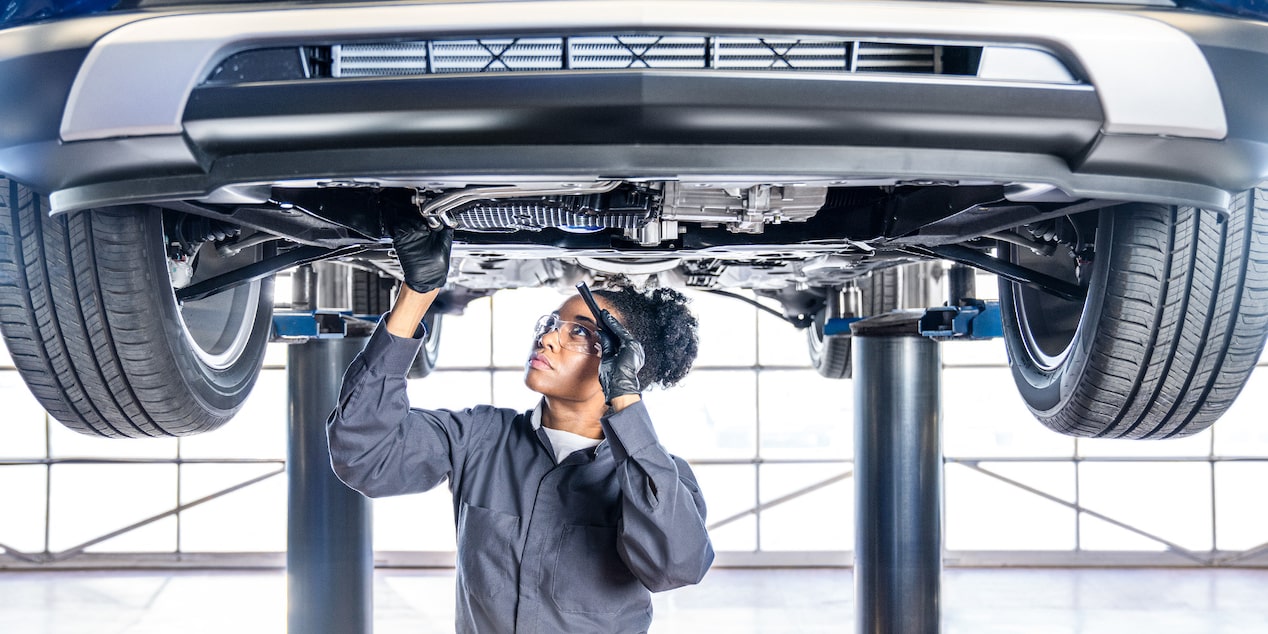All Categories
Featured

When it comes to vehicle fixings, one of the most significant decisions you'll deal with is whether to decide for Original Tools Producer (OEM) parts or aftermarket parts. Below, we check out the benefits and factors to consider of both OEM and aftermarket components to assist you pick the right alternative for your next car repair service.

What Are OEM Parts? OEM components are made by the same company that manufactured the parts in your lorry when it was very first constructed. They are made especially for your make and design, ensuring ideal compatibility and top notch efficiency. Because OEM components are the exact same ones used in the original setting up of your lorry, they tend to satisfy the same high standards established by the maker.
One of the primary advantages of choosing OEM components is the guarantee of top quality and reliability. If your car is still under guarantee, utilizing OEM components for repair work can aid guarantee that your warranty remains legitimate.

What Are Aftermarket Parts? Aftermarket components, on the various other hand, are produced by third-party manufacturers who might not be straight associated with the lorry's initial maker. These parts are created to fit a selection of cars and are often more economical than OEM parts. While many aftermarket parts are of premium quality, they can vary significantly in between manufacturers.
Since these parts are mass-produced and do not have the exact same expenses costs as OEM parts, they are normally valued reduced. Furthermore, aftermarket parts can use boosted performance or visual renovations over OEM components.
Benefits of OEM Components. Guaranteed Fit and Top quality: OEM components are made to satisfy the precise specifications of your lorry, ensuring an ideal fit and keeping the efficiency criteria that the producer planned. Warranty: Lots of OEM components feature a service warranty, providing peace of mind in case the component is defective or fails too soon. Resale Value: If you intend on marketing your vehicle, making use of OEM components can assist preserve its resale value given that prospective customers commonly search for vehicles that have been repaired with original components. Vehicle Stability: Making use of OEM components aids make sure that your car remains to carry out as intended by the supplier, maintaining it in optimum condition. Benefits of Aftermarket Components. Reduced Cost: Aftermarket components are often much more economical, which can be a considerable consideration if you're on a spending plan or wanting to conserve money on fixings. Variety and Customization: Aftermarket components offer a wide range of options, particularly for efficiency upgrades or cosmetic modifications, permitting you to customize your automobile or boost its performance. Wide Accessibility: Aftermarket components are normally simpler to locate than OEM components, specifically for older vehicles or hard-to-find elements. Performance Enhancements: In some cases, aftermarket parts are created to provide superior performance, such as better brakes or higher-flow air filters that boost horsepower. Negative Aspects of OEM Components. Higher Expense: OEM components often tend to be much more pricey than aftermarket options, which might be a drawback for car proprietors on a limited budget. Restricted Options for Modification: OEM components are designed to change the original elements without enhancements, so they may not provide performance upgrades or visual changes. Schedule: Relying on the make and model of your car, OEM parts can sometimes be tough to find, specifically if your cars and truck is older or has actually been discontinued. Negative Aspects of Aftermarket Parts. Inconsistent High quality: The high quality of aftermarket components can differ substantially between makers. While some are made with premium products, others might be much less durable or improperly constructed, which could cause faster deterioration. Potential Fitment Issues: Aftermarket parts may not constantly fit your lorry as exactly as OEM parts, causing possible compatibility concerns or added work during installation. Service Warranty Worries: Making use of aftermarket components might invalidate your producer's warranty or result in problems if a failing occurs that is associated to the aftermarket component. Exactly how to Determine Between OEM and Aftermarket Parts. Picking between OEM and aftermarket components depends upon several factors, including your spending plan, the age and condition of your vehicle, and your certain repair demands.
Budget plan: If cost is your primary issue, aftermarket parts are typically the a lot more inexpensive option. It's crucial to weigh the lasting worth of your decision. If you select a less costly aftermarket part that does not do well or requires regular replacements, you might finish up investing much more in the lengthy run. Automobile Age and Condition: For more recent vehicles still under warranty or those in superb condition, OEM parts are generally recommended to preserve the auto's integrity and guarantee it remains to run as planned. For older vehicles, aftermarket components may provide an extra affordable service without endangering performance. Fixing Type: Some repair services, especially safety-related elements like air bags or brake systems, are best taken care of with OEM components to make certain ideal safety and dependability. For non-essential fixings or performance upgrades, aftermarket components may supply a good equilibrium in between cost and efficiency. Final thought. The choice in between OEM and aftermarket parts depends on your specific needs, choices, and budget. While OEM components use ensured high quality and integrity, aftermarket parts provide expense savings and the possibility for performance improvements or modification.
Latest Posts
Join Full Circle Marketing for Unmatched Marketing Solutions
Published Jan 09, 25
2 min read
Furniture Maintenance 101: Tips for Long-Lasting Pieces
Published Jan 09, 25
1 min read
Exactly How to Select Between OEM and Aftermarket Parts for Automobile Fixes
Published Jan 09, 25
0 min read
More
Latest Posts
Join Full Circle Marketing for Unmatched Marketing Solutions
Published Jan 09, 25
2 min read
Furniture Maintenance 101: Tips for Long-Lasting Pieces
Published Jan 09, 25
1 min read
Exactly How to Select Between OEM and Aftermarket Parts for Automobile Fixes
Published Jan 09, 25
0 min read